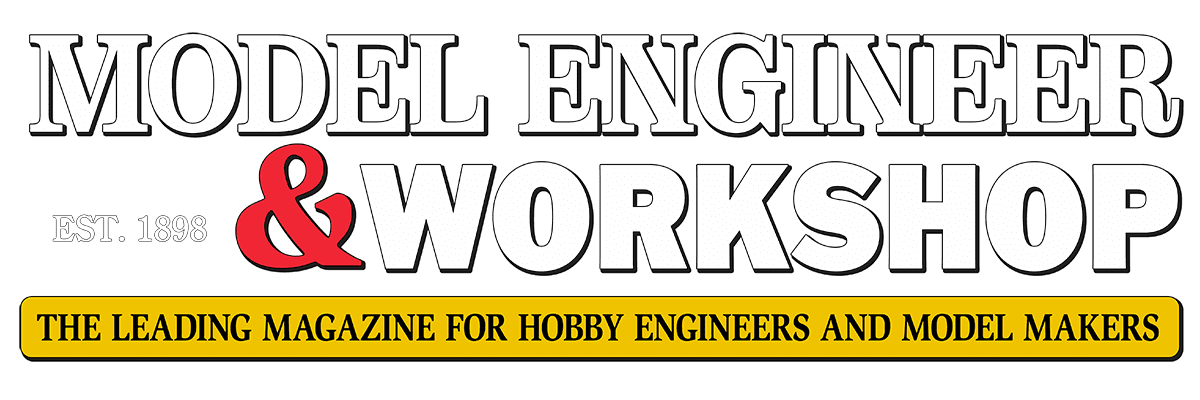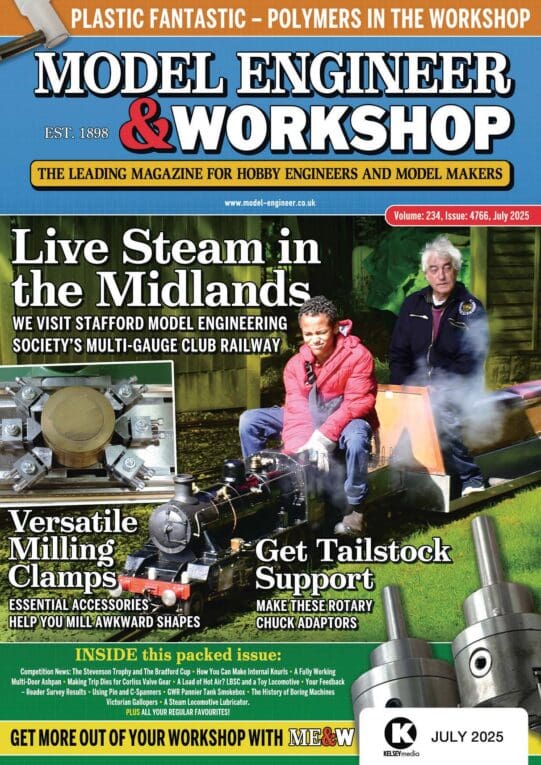A note on OneDrive (Not OneShape, the CAD programme):
It can be “uninstalled”, which I did find surprising.
I have just been dragging all my folders back into some sort of order in MS’ rather confusing default system, including making reserve copies of OneDrive’s collection on an external hard-drive. At the end, after ensuring I’d rescued everything from Seattle, I removed OneDrive.
I’ll put my photograph-albums also on CDs.
The dealer who sold me the drive explained OneDrive is free to a certain capacity – whose value I forget – after which you need pay for it. I don’t know if my files reached anywhere near the limit.
.
I’ve also managed to create section-drawings of that cylinder-block to help me design the various passages.
Of other details, the original engine photograph shows a (valve?) on the back of the HP valve-chest, operated by an oddly-long lever that would have been to the side of the driver’s head. I think it was the starting-valve, the regulator being a globe-valve on the pipe from the boiler.
Having decided to “simplify” the engine it no longer needs a simpling-valve, but we’ve another question.
To drive a miniature steam-wagon you need sit on its platform to reach the controls, so on this model the obvious use for that valve would be as a lever-operated regulator, with the globe-valve kept fully open.
On the other hand, it would be simpler to make that simpling-valve dummy (even omit it!), and drive on the globe-valve – despite its slower operation. The Winson kit, ‘Foden’ look-likes used a screw-action regulator. Perhaps make a globe-valve of ball or plug type, resembling its prominent ancestor but of quick action? Or am I worrying too much there?
If I do fit a superheater it would be sensible to use the faux-SV as regulator, downstream of all that extra plumbing.
Choices, choices…. One way to help me decide is by WAD: Wood Aided Design. Improvise a seat in about the right location and determine where things come to hand. The globe-valve is anyway close to the steering-wheel.
……
“… sitting on the platform…”
On a walk in the sunshine I calculated my scale weight.
The originals’ load ratings were 2 to 3 tons, and (well, so the advertising said) capable of towing a laden trailer as well.
Third-size so multiply 9-stone me by 3^3 = 27 X 1-1/8cwt.
It stretched my mental-arithmetic, which I do practice sometimes, but by chaining times-3, I estimated near the 30-3/8 cwt later given by pen-and paper…
About 1-1/2 Ton.
So I come within the theoretical weight-limit.
(What do you mean, those aren’t SI units? No, and E.S. Hindley wagons were not built to ISO either!)
This reminded me of seeing a small undertype lorry gamely carting its driver, a bloke quite a bit bigger than me, around a sports field. I think the scale was only 2″, so one-sixth. By the same sums for something whose prototype was probably no more than 10T capacity, and guessing him being of 10st, he was loading the poor little thing, with wheels maybe 3″ diameter, with an equivalent >13 Tons…
Perhaps I was wrong about the scale. Try 3″ scale, i.e. one-quarter. 10st now equates to 4 tons, a realistic figure for the vehicle though the model was so small his figure had to sit side-saddle, legs stretched out to hold his feet above the ground.
Nigel Graham 2.










